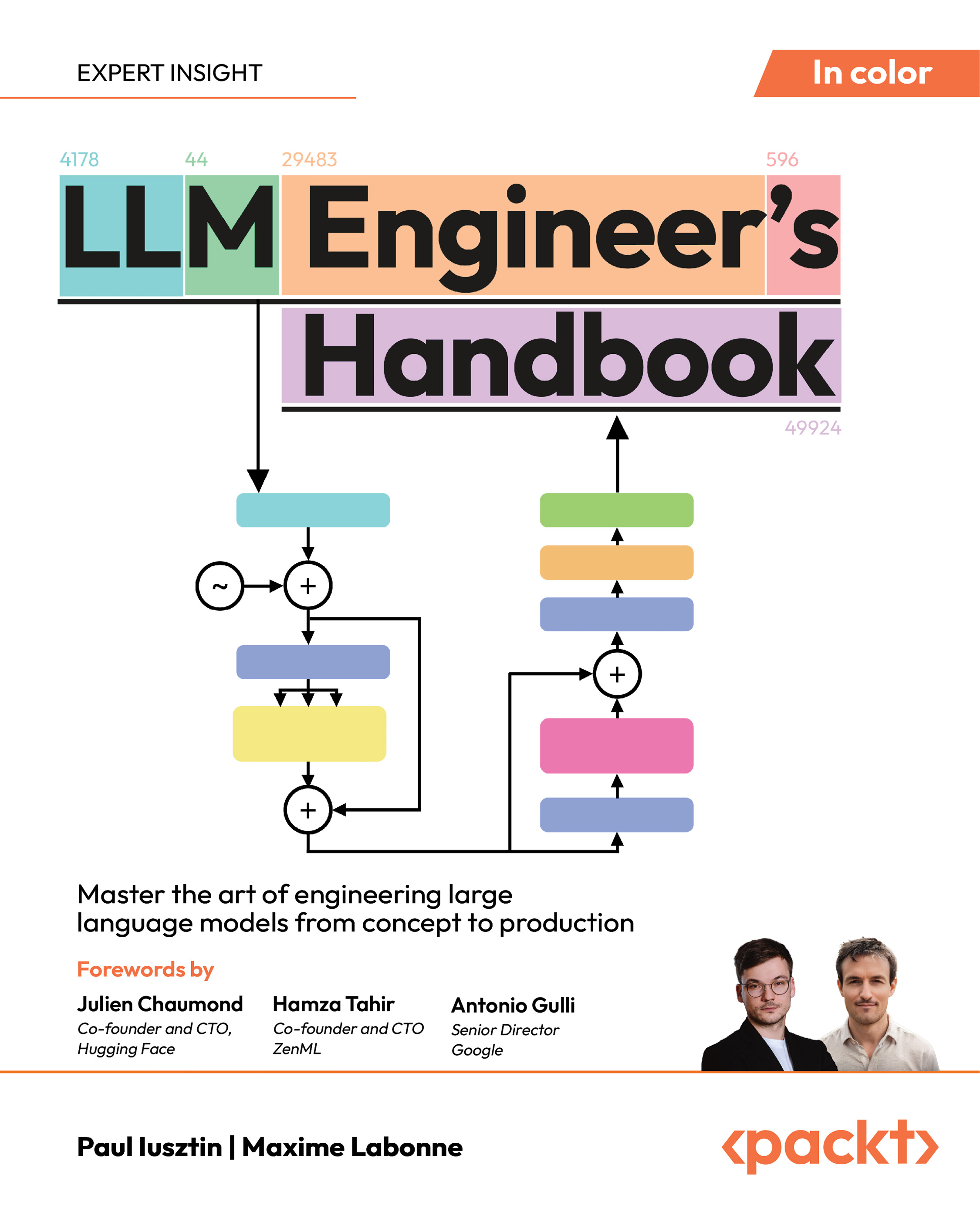On Wednesday, Advanced Micro Devices (AMD) unveiled its highly-anticipated second-generation EPYC processor chip for data centers code-named “Rome”. Since the launch, the company has announced its agreements with many tech giants including Intel’s biggest customers, Twitter and Google.
Lisa Su, AMD’s president and CEO, said during her keynote at the launch event, “Today, we set a new standard for the modern data center. Adoption of our new leadership server processors is accelerating with multiple new enterprise, cloud and HPC customers choosing EPYC processors to meet their most demanding server computing needs.”
EPYC Rome: The world’s first 7nm server chip
AMD first showcased the EPYC Rome chip, the world's first 7 nm server processor, at its Next Horizon 2018 event. Based on the Zen 2 microarchitecture, it features up to eight 7 nm-based chiplet processors with a 14 nm-based IO chip in the center interconnected by an Infinity fabric. This chip aims to offer twice the performance per socket and about 4X floating-point performance as compared to the previous generation of EPYC chips.
https://www.youtube.com/watch?v=kC3ny3LBfi4
At the launch, one of the performance comparisons based on SPECrate 2017 int-peak benchmark showed the top-of-the-line 64-core AMD Epyc 7742 processor showed double the performance of the top-of-the-line 28-core Intel Xeon Platinum 8280M. Priced at under $ 7,000 it is a lot more affordable than Intel’s chip priced at $13,000.
Unlock access to the largest independent learning library in Tech for FREE!
Get unlimited access to 7500+ expert-authored eBooks and video courses covering every tech area you can think of.
Renews at $19.99/month. Cancel anytime
AMD competes with Intel, the dominant supplier of data center chips
AMD’s main competitor in the data center chip realm is Intel, which is the dominant supplier of data center chips with more than 90% of the market share. However, AMD was able to capture a small market share with the release of its first-generation EPYC server chips. Coming up with its second-generation chip that is performant yet affordable gives AMD an edge over Intel. Donovan Norfolk, executive director of Lenovo’s data center group, told DataCenter Knowledge, “Intel had a significant portion of the market for a long time. I think they’ll continue to have a significant portion of it. I do think that there are more customers that will look at AMD than have in the past.” The delay in the launch of Intel’s 10 nm chips also might have worked in favor of AMD. After a long wait, it was officially launched earlier this month. Its 7 nm chips are expected to arrive in 2021.
Intel fall behind schedule in launching its 10 nm chips has also worked in favor of AMD. Its 7nm chips will most likely arrive in 2021.
The EPYC Rome chip has already grabbed the attention of many tech giants. Google is planning to use the EPYC server chip in its internal data centers and also wants to offer it to external developers as part of its cloud computing offerings. Twitter will start using EPYC server in its data centers later this year. Hewlett Packard Enterprise is already using these chips in its three ProLiant servers and plans to have 12 systems by the end of this year. Dell also plans to add second-gen Epyc servers to its portfolio this fall. Following AMD’s customer announcements, Intel shares were down 0.6% to $46.42 in after-hours trading.
Though AMD’s chips are better than Intel’s chips in some computing tasks, they do lag in a few desirable and advanced features. Patrick Moorhead, founder of Moor Insights & Strategy told the Reuters, “Intel chip features for machine learning tasks and new Intel memory technology being with customers such as German software firm SAP SE (SAPG.DE) could give Intel an advantage in those areas.”
This news sparked a discussion on Hacker News. A user said, “This is a big win for AMD and for me it reconfirms that their strategy of pushing into the mainstream features that Intel is trying to hold hostage for the "high end" is a good one. Back when AMD first introduced the 64-bit extensions to the x86 architecture and directly challenged Intel who was selling 64 bits as a "high end" feature in their Itanium line, it was a place where Intel was unwilling to go (commoditizing 64-bit processors). That proved pretty successful for them. Now they have done it again by commoditizing "high core count" processors. Each time they do this I wonder if Intel will ever learn that you can't "get away" with selling something for a lot of money that can be made more cheaply forever. ”
Another user commented, “I hope AMD turns their attention to machine learning tasks soon not just against Intel but NVIDIA also. The new Titan RTX GPUs with their extra memory and Nvlink allow for some really awesome tricks to speed up training dramatically but they nerfed it by only selling without a blower-style fan making it useless for multi-GPU setups. So the only option is to get Titan RTX rebranded as a Quadro RTX 6000 with a blower-style fan for $2,000 markup. $2000 for a fan. The only way to stop things like this will be competition in the space.”
To know more in detail, you can watch the EPYC Rome’s launch event:
https://www.youtube.com/watch?v=9Jn9NREaSvc
Intel’s 10th gen 10nm ‘Ice Lake’ processor offers AI apps, new graphics and best connectivity
Why Intel is betting on BFLOAT16 to be a game changer for deep learning training? Hint: Range trumps Precision.
Intel’s new brain inspired neuromorphic AI chip contains 8 million neurons, processes data 1K times faster
 United States
United States
 Great Britain
Great Britain
 India
India
 Germany
Germany
 France
France
 Canada
Canada
 Russia
Russia
 Spain
Spain
 Brazil
Brazil
 Australia
Australia
 Singapore
Singapore
 Canary Islands
Canary Islands
 Hungary
Hungary
 Ukraine
Ukraine
 Luxembourg
Luxembourg
 Estonia
Estonia
 Lithuania
Lithuania
 South Korea
South Korea
 Turkey
Turkey
 Switzerland
Switzerland
 Colombia
Colombia
 Taiwan
Taiwan
 Chile
Chile
 Norway
Norway
 Ecuador
Ecuador
 Indonesia
Indonesia
 New Zealand
New Zealand
 Cyprus
Cyprus
 Denmark
Denmark
 Finland
Finland
 Poland
Poland
 Malta
Malta
 Czechia
Czechia
 Austria
Austria
 Sweden
Sweden
 Italy
Italy
 Egypt
Egypt
 Belgium
Belgium
 Portugal
Portugal
 Slovenia
Slovenia
 Ireland
Ireland
 Romania
Romania
 Greece
Greece
 Argentina
Argentina
 Netherlands
Netherlands
 Bulgaria
Bulgaria
 Latvia
Latvia
 South Africa
South Africa
 Malaysia
Malaysia
 Japan
Japan
 Slovakia
Slovakia
 Philippines
Philippines
 Mexico
Mexico
 Thailand
Thailand














